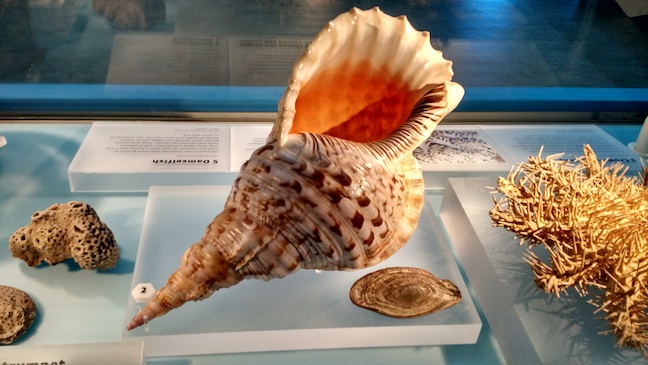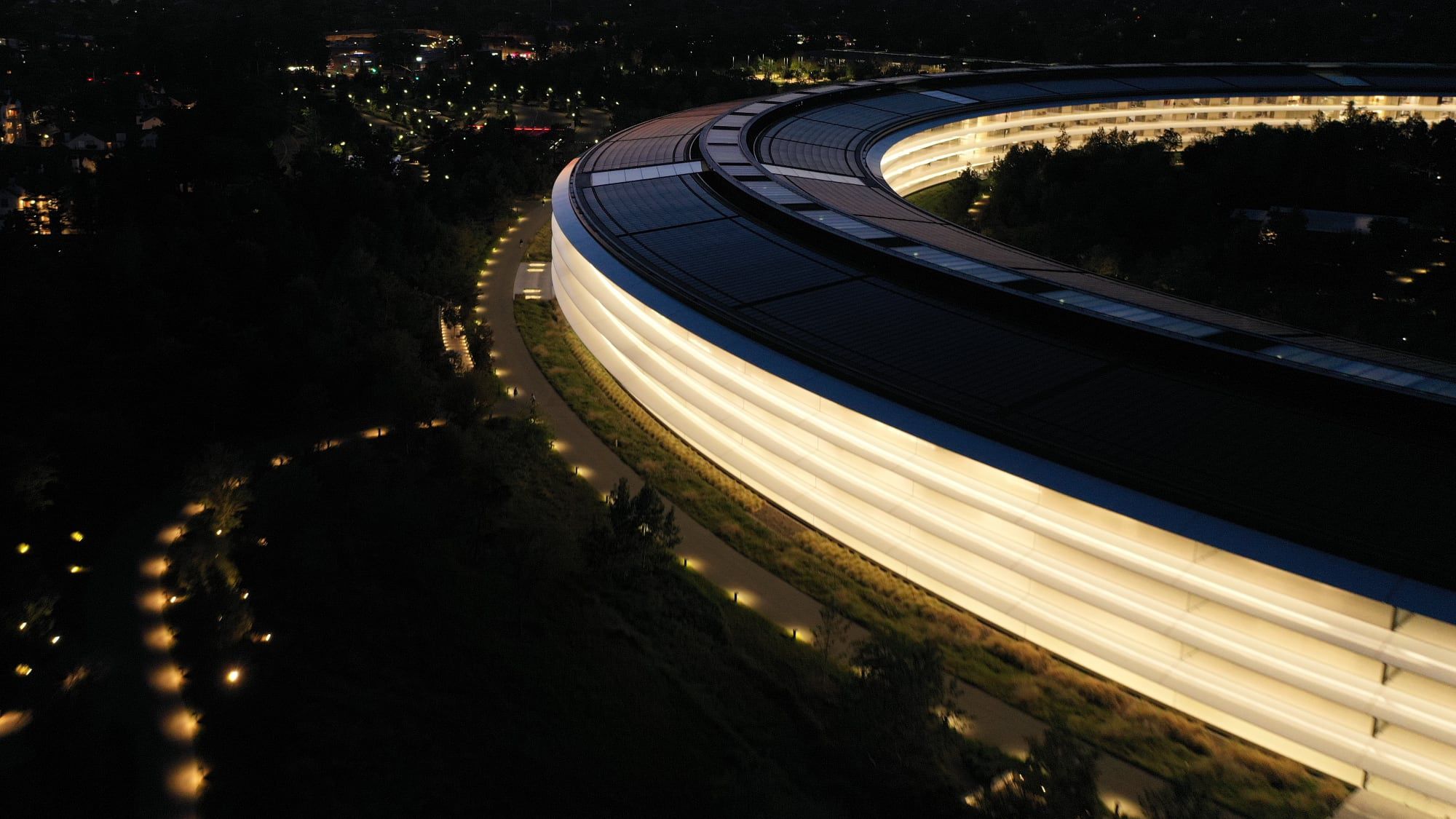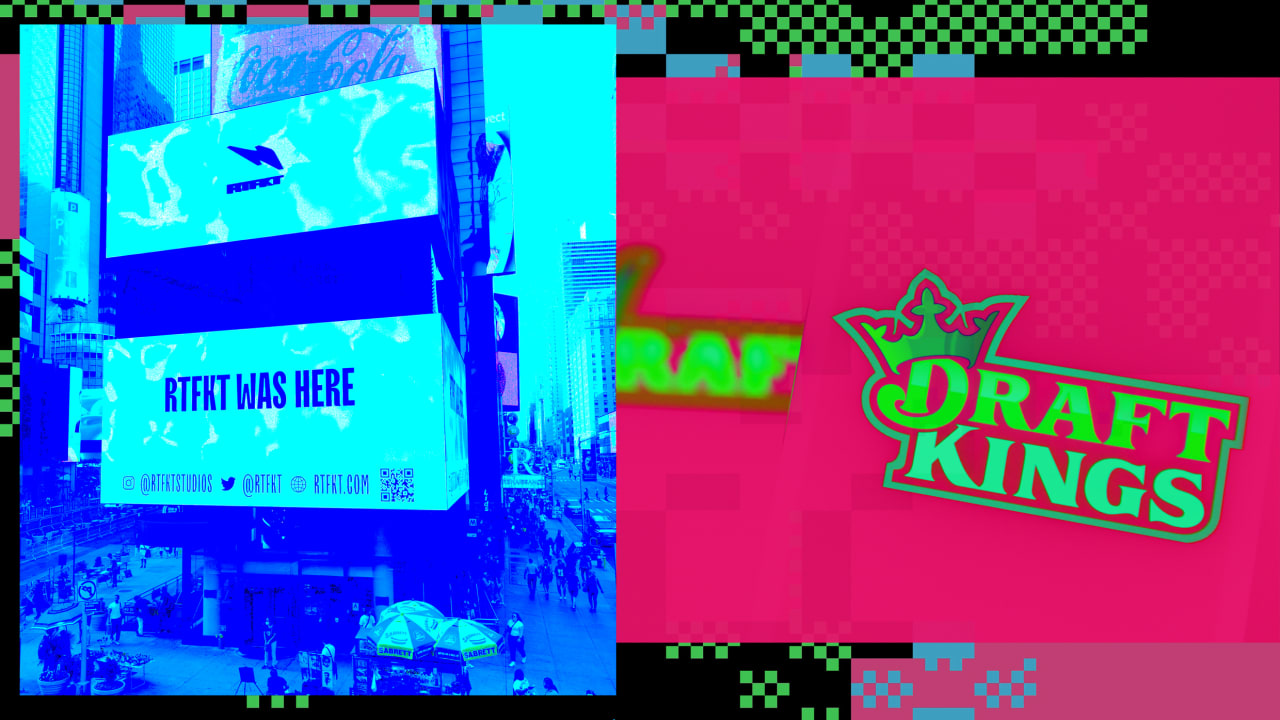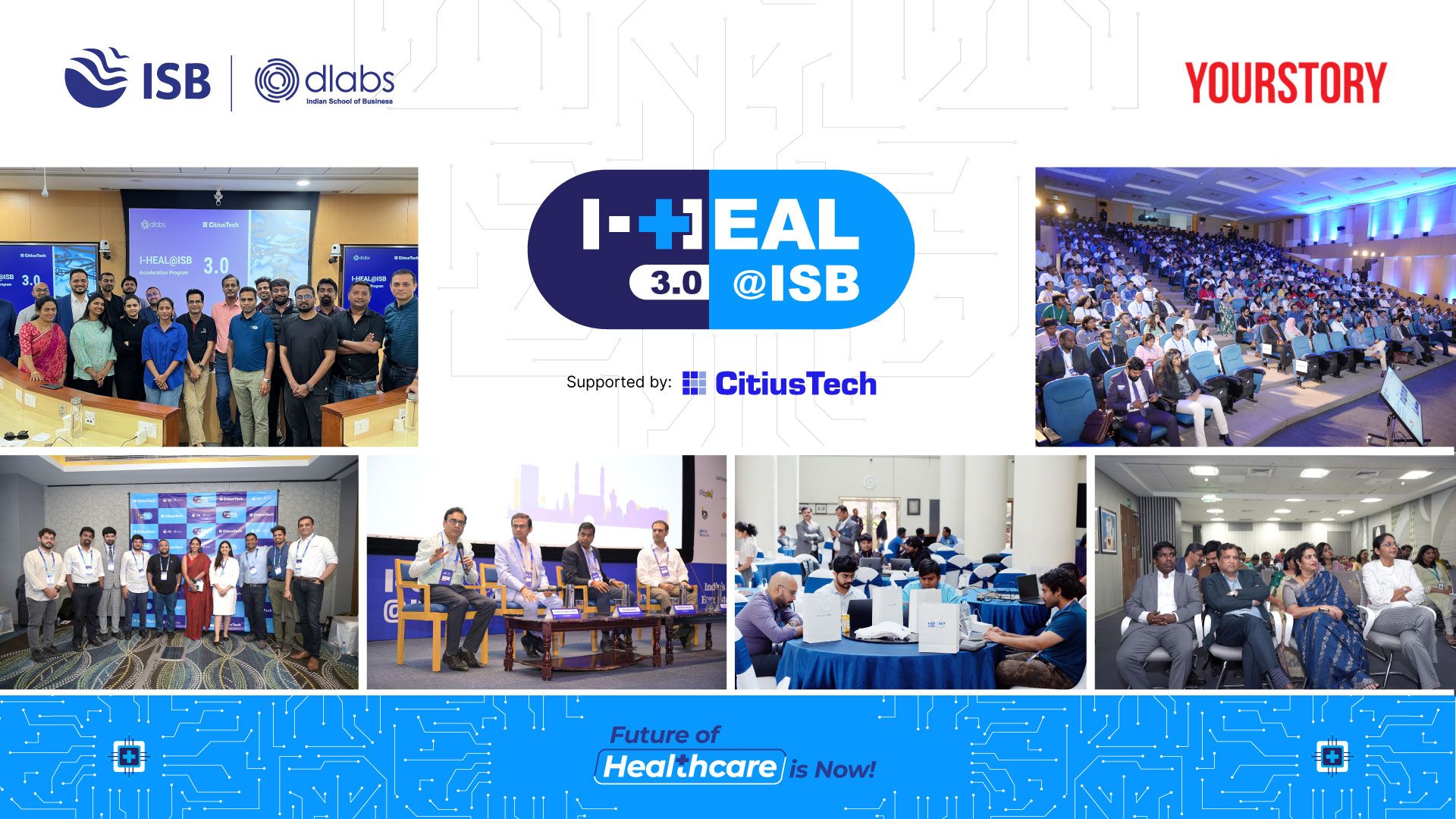Generative AI in Drug Discovery: Designing Molecules with Precision
The pharmaceutical industry is experiencing a paradigm shift in how drugs are discovered and developed, with generative artificial intelligence (AI) emerging as a revolutionary force at the intersection of computer science and life sciences. This transformative technology is dramatically accelerating drug discovery timelines, reducing costs, and enabling the design of novel molecules with unprecedented precision. By leveraging advanced computational methods, researchers can now generate and optimize potential drug candidates in silico, significantly streamlining the traditionally lengthy and expensive drug development process. The integration of generative AI with established pharmaceutical workflows is opening new frontiers in medicine development, promising more effective therapies for patients worldwide and reshaping the entire pharmaceutical value chain from target identification to clinical trials. Understanding Generative AI in Pharmaceutical Research Generative AI represents a sophisticated subset of artificial intelligence that can create entirely new outputs based on patterns learned from training data. Unlike traditional AI systems that make predictions based on existing data, generative models can produce novel content-in the case of drug discovery, entirely new molecular structures that have never existed before. These AI systems are trained on vast libraries of chemical compounds and their properties, learning the underlying patterns and relationships that define effective drug molecules. Through this training, generative AI develops an understanding of chemical space that allows it to propose novel structures with specific desired properties, effectively serving as a virtual chemist capable of exploring countless molecular possibilities far beyond human capability. The most prominent types of generative AI models used in drug discovery include Generative Adversarial Networks (GANs), Variational Autoencoders (VAEs), Recurrent Neural Networks (RNNs), diffusion models, flow-based models, autoregressive models, and transformer-based models. Each of these approaches offers unique advantages in navigating the vast chemical space of potential drug candidates. GANs, for instance, function through a competitive process where one neural network generates molecular structures while another evaluates them, progressively improving the quality of generated molecules. VAEs, meanwhile, learn a compressed representation of molecules that can be sampled to generate new structures with similar properties to the training data. Molecular fragmentation plays a pivotal role in the AI-based drug development pathway, serving as a crucial preprocessing step that breaks down complex molecules into meaningful substructures. This process is analogous to breaking down language into words and phrases, enabling the AI to learn chemical "grammar" and "vocabulary" before attempting to generate coherent molecular "sentences." By understanding these fundamental building blocks, generative AI can create new molecules that adhere to the principles of chemical feasibility while optimizing for specific therapeutic properties. The approach draws inspiration from fragment-based drug discovery, a well-established technique in medicinal chemistry that has been significantly enhanced through AI implementation. These advanced AI approaches represent a significant evolution from earlier computational methods in drug discovery, which relied primarily on screening existing compound libraries or making minor modifications to known drugs. Rather than simply searching through a predefined chemical space, generative AI can create entirely novel chemical entities specifically designed to interact with disease targets in optimal ways. This shift from discovery to design has profound implications for addressing previously undruggable targets and developing treatments for diseases with unmet medical needs. The Technical Foundation of AI-Driven Molecule Design At its core, AI-driven molecule design involves representing molecules in a machine-readable format that captures their essential properties and structures. This typically requires encoding molecular structures into numerical vectors or graphs that preserve information about atomic relationships, bond types, and three-dimensional conformations. Once encoded, these molecular representations serve as the training data for generative models that learn to navigate the vast chemical space of possible drug-like compounds. The generative process typically begins with the definition of desired molecular properties-such as binding affinity to a specific target, solubility, metabolic stability, or low toxicity. The AI system then generates candidate molecules designed to optimize these properties simultaneously. For example, Chemistry42, a small-molecule generating AI platform developed by Insilico Medicine, uses a host of generative algorithms including GANs to create novel drug-like molecul

The pharmaceutical industry is experiencing a paradigm shift in how drugs are discovered and developed, with generative artificial intelligence (AI) emerging as a revolutionary force at the intersection of computer science and life sciences. This transformative technology is dramatically accelerating drug discovery timelines, reducing costs, and enabling the design of novel molecules with unprecedented precision. By leveraging advanced computational methods, researchers can now generate and optimize potential drug candidates in silico, significantly streamlining the traditionally lengthy and expensive drug development process. The integration of generative AI with established pharmaceutical workflows is opening new frontiers in medicine development, promising more effective therapies for patients worldwide and reshaping the entire pharmaceutical value chain from target identification to clinical trials.
Understanding Generative AI in Pharmaceutical Research
Generative AI represents a sophisticated subset of artificial intelligence that can create entirely new outputs based on patterns learned from training data. Unlike traditional AI systems that make predictions based on existing data, generative models can produce novel content-in the case of drug discovery, entirely new molecular structures that have never existed before. These AI systems are trained on vast libraries of chemical compounds and their properties, learning the underlying patterns and relationships that define effective drug molecules. Through this training, generative AI develops an understanding of chemical space that allows it to propose novel structures with specific desired properties, effectively serving as a virtual chemist capable of exploring countless molecular possibilities far beyond human capability.
The most prominent types of generative AI models used in drug discovery include Generative Adversarial Networks (GANs), Variational Autoencoders (VAEs), Recurrent Neural Networks (RNNs), diffusion models, flow-based models, autoregressive models, and transformer-based models. Each of these approaches offers unique advantages in navigating the vast chemical space of potential drug candidates. GANs, for instance, function through a competitive process where one neural network generates molecular structures while another evaluates them, progressively improving the quality of generated molecules. VAEs, meanwhile, learn a compressed representation of molecules that can be sampled to generate new structures with similar properties to the training data.
Molecular fragmentation plays a pivotal role in the AI-based drug development pathway, serving as a crucial preprocessing step that breaks down complex molecules into meaningful substructures. This process is analogous to breaking down language into words and phrases, enabling the AI to learn chemical "grammar" and "vocabulary" before attempting to generate coherent molecular "sentences." By understanding these fundamental building blocks, generative AI can create new molecules that adhere to the principles of chemical feasibility while optimizing for specific therapeutic properties. The approach draws inspiration from fragment-based drug discovery, a well-established technique in medicinal chemistry that has been significantly enhanced through AI implementation.
These advanced AI approaches represent a significant evolution from earlier computational methods in drug discovery, which relied primarily on screening existing compound libraries or making minor modifications to known drugs. Rather than simply searching through a predefined chemical space, generative AI can create entirely novel chemical entities specifically designed to interact with disease targets in optimal ways. This shift from discovery to design has profound implications for addressing previously undruggable targets and developing treatments for diseases with unmet medical needs.
The Technical Foundation of AI-Driven Molecule Design
At its core, AI-driven molecule design involves representing molecules in a machine-readable format that captures their essential properties and structures. This typically requires encoding molecular structures into numerical vectors or graphs that preserve information about atomic relationships, bond types, and three-dimensional conformations. Once encoded, these molecular representations serve as the training data for generative models that learn to navigate the vast chemical space of possible drug-like compounds.
The generative process typically begins with the definition of desired molecular properties-such as binding affinity to a specific target, solubility, metabolic stability, or low toxicity. The AI system then generates candidate molecules designed to optimize these properties simultaneously. For example, Chemistry42, a small-molecule generating AI platform developed by Insilico Medicine, uses a host of generative algorithms including GANs to create novel drug-like molecular structures. These generated molecules are then ranked based on multiple criteria including novelty, potency, metabolic stability, drug ability, and safety. Through an iterative process, the models learn which types of molecules score highly and are retrained to generate more promising candidates9.
The X-LoRA-Gemma large language model (LLM) represents a cutting-edge approach to molecular design, featuring 7 billion parameters and a dual-pass inference strategy that enhances problem-solving across diverse scientific domains. This multi-agent framework first identifies molecular engineering targets through systematic human-AI and AI-AI interactions, followed by a generative design process that includes rational steps, reasoning, and autonomous knowledge extraction. Target properties are identified either using principal component analysis of key molecular characteristics or by sampling from distributions of known molecular properties. This sophisticated approach demonstrates how AI systems are increasingly capable of replicating and augmenting the complex reasoning processes that human chemists use when designing new drugs.
NVIDIA's BioNeMo Framework represents another significant advancement in the field, offering a collection of accelerated computing tools designed to exponentially scale AI models for biomolecular research. This open-source platform enables researchers to develop, customize, and deploy foundation models for drug discovery, bringing supercomputing capabilities to biopharma organizations of all sizes. By providing the computational infrastructure needed to train and utilize large AI models, BioNeMo is democratizing access to advanced drug discovery tools that were previously available only to organizations with substantial computing resources.
Transforming the Drug Discovery Landscape
The traditional drug discovery process is notoriously time-consuming and expensive, with an average cost of approximately $2.5 billion to bring a new drug to market. This process typically involves years of target identification, hit discovery, lead optimization, and preclinical testing before clinical trials can even begin. Generative AI is dramatically reshaping this landscape by compressing timelines, reducing costs, and enabling the exploration of novel chemical space that was previously inaccessible.
One of the most significant impacts of generative AI is on the early stages of drug discovery-particularly hit identification and lead optimization. By generating molecules with optimized properties from the outset, AI can significantly reduce the need for extensive medicinal chemistry iterations and costly experimental screening of large compound libraries. This approach shifts the paradigm from a largely empirical process of trial and error to a more rational, computer-guided design process that front-loads much of the optimization work. The technology enables researchers to focus their experimental resources on the most promising candidates, thereby maximizing the return on research investment and accelerating the path to clinical development.
Generative AI is also proving valuable in addressing the challenges of multi-parameter optimization in drug design. Developing an effective drug requires balancing numerous, often competing properties-potency, selectivity, bioavailability, metabolic stability, and safety, among others. Traditional approaches often struggle to optimize across all these dimensions simultaneously. AI systems, however, can be trained to navigate this complex multi-dimensional space more effectively, generating molecules that satisfy numerous constraints concurrently. This capability is particularly valuable for developing drugs against challenging targets or for diseases with complex pathophysiology where traditional approaches have fallen short.
Beyond accelerating existing drug discovery paradigms, generative AI is enabling entirely new approaches to pharmaceutical research. For instance, AI models can be trained to design molecules that target previously "undruggable" proteins, opening new therapeutic avenues for diseases that have remained treatment-resistant. Additionally, generative AI facilitates the design of molecules with novel mechanisms of action or improved properties compared to existing drugs, potentially addressing issues such as antimicrobial resistance or treatment-resistant cancers. The technology is also proving valuable in drug repurposing efforts, where existing approved drugs are evaluated for new therapeutic applications, potentially further accelerating the path to new treatments.
Success Stories and Breakthrough Applications
One of the most compelling validations of generative AI in drug discovery comes from the collaboration between Sumitomo Dainippon Pharma and Exscientia, which resulted in DSP-1181, a treatment for obsessive-compulsive disorder (OCD). This drug candidate was created using Exscientia's Centaur Chemist AI platform in combination with Sumitomo's expertise in monoamine GPCR drug discovery. What makes this case particularly notable is the dramatic reduction in development time-the exploratory research phase was completed in less than 12 months, compared to the typical average of 4.5 years using conventional approaches. This represents a paradigm shift in drug discovery efficiency and demonstrates the real-world impact of AI-accelerated research.
Chemistry42, the AI platform developed by Insilico Medicine, offers another example of successful application in generating novel molecular structures. As the core component of Insilico's Pharma.ai drug discovery suite, Chemistry42 integrates AI techniques with computational and medicinal chemistry methodologies to efficiently generate novel molecular structures with optimized properties. The platform has been validated through both in vitro and in vivo studies, demonstrating its ability to identify effective compounds against targets such as DDR1 and CDK20. This case illustrates how AI-generated molecules can progress from in silico design to biological validation, a crucial step in establishing the credibility and utility of generative AI in pharmaceutical research.
The pharmaceutical industry's increasing adoption of generative AI is further evidenced by the growing number of partnerships between AI technology providers and established pharmaceutical companies. A McKinsey Global Survey highlights that healthcare, pharma, and medical products sectors are among the top regular users of generative AI, reflecting the industry's recognition of the technology's transformative potential. Major pharmaceutical companies are either building in-house AI capabilities or forming strategic partnerships with specialized AI firms to leverage this technology in their drug discovery pipelines, indicating a broad industry shift toward AI-enhanced research methodologies.
Beyond specific drug candidates, generative AI is demonstrating value across multiple stages of the pharmaceutical value chain. In target identification, AI can help identify and validate novel therapeutic targets by analyzing biological data and predicting target-disease associations. In lead optimization, AI models can suggest modifications to improve a compound's drug-like properties while maintaining or enhancing its potency. In formulation development, AI can predict how different formulations might affect a drug's bioavailability and stability. This breadth of application illustrates how generative AI is not just a tool for a specific step in drug discovery but a transformative technology with implications across the entire pharmaceutical R&D process.
Future Directions and Technological Integration
The future of generative AI in drug discovery points toward increasingly sophisticated multi-agent systems that combine different AI technologies to tackle complex pharmaceutical challenges. The emergence of multi-agent frameworks like X-LoRA-Gemma demonstrates how multiple AI entities can collaborate to identify targets, design molecules, and evaluate candidates in a more comprehensive manner than single-model approaches. These multi-agent systems better mimic the collaborative nature of human research teams, where different specialists contribute unique expertise to the drug discovery process. As these systems evolve, we can expect even more human-like reasoning capabilities and autonomous research workflows that further accelerate innovation.
Integration of generative AI with other cutting-edge technologies represents another promising frontier. The combination of AI with advanced experimental techniques such as high-throughput screening, cryo-electron microscopy, and single-cell genomics can create powerful synergies that enhance both computational predictions and experimental validation. Similarly, the integration of AI with quantum computing holds particular promise, as quantum computers may eventually enable more accurate simulations of molecular interactions and protein folding than is possible with classical computing architectures. These technological convergences could dramatically expand the capabilities of drug discovery platforms and enable breakthroughs in currently challenging areas of pharmaceutical research.
The economic impact of generative AI in drug discovery is projected to be substantial, with estimates suggesting it could yield up to $110 billion annually in economic value for the life sciences sector. This value stems not only from reduced R&D costs and accelerated development timelines but also from the potential to discover breakthrough therapies for currently untreatable conditions. The ability to design drugs with greater precision may also reduce failure rates in clinical trials-particularly failures due to safety or efficacy issues that could have been predicted and addressed during the design phase. By improving success rates throughout the development pipeline, generative AI has the potential to fundamentally improve the economics of pharmaceutical innovation.
Looking further ahead, the application of generative AI in personalized medicine represents a particularly exciting frontier. As genomic and proteomic data become increasingly available, AI systems could potentially design custom therapeutic molecules tailored to individual patients or patient subgroups based on their specific disease characteristics and genetic profiles. This approach could dramatically improve treatment efficacy and reduce adverse effects by ensuring that drugs are optimized for the specific biological context of each patient. While this level of personalization remains aspirational, the rapid advancement of AI technologies and decreasing costs of genetic sequencing make it an increasingly realistic prospect for the future of medicine.
Challenges and Considerations in AI-Driven Drug Design
Despite its transformative potential, the implementation of generative AI in drug discovery faces several significant challenges. Validation remains a critical issue-while AI can generate molecules with predicted properties, experimental confirmation is still essential to verify that these predictions translate to real-world efficacy and safety. The gap between computational prediction and biological reality continues to be a limitation that requires close collaboration between computational scientists and experimental biologists. This validation process can be time-consuming and expensive, potentially offsetting some of the efficiency gains offered by AI-accelerated design.
Regulatory considerations present another important challenge. As novel AI-designed drugs progress toward clinical trials, regulatory agencies must evaluate not only the drugs themselves but also the AI methodologies used to design them. Questions around validation, reproducibility, and explainability of AI models become particularly important in this regulatory context. While agencies like the FDA are increasingly engaging with AI technologies, the regulatory framework for AI-designed drugs continues to evolve, creating some uncertainty for developers. Establishing standards and best practices for validating AI-generated drugs will be crucial for the field's continued advancement.
Technical limitations also persist in current generative AI approaches. Many models struggle with generating molecules that simultaneously optimize multiple properties, particularly when these properties involve complex pharmacokinetic or safety parameters that are difficult to predict computationally. Additionally, most current models are trained on existing drug-like compounds, potentially limiting their ability to explore truly novel chemical space beyond what is represented in their training data. Addressing these technical challenges requires ongoing research into more sophisticated AI architectures and improved methods for representing and predicting molecular properties.
Data quality and availability represent additional hurdles. The performance of AI models is heavily dependent on the quality, quantity, and diversity of the data used for training. Pharmaceutical data is often proprietary, fragmented across organizations, or limited for certain disease areas or target classes. Furthermore, experimental data may contain biases or inconsistencies that can be propagated or amplified by AI models. Initiatives to create high-quality, standardized, and accessible datasets for drug discovery are essential for realizing the full potential of generative AI in this domain. Collaborative efforts between academia, industry, and technology providers will be critical in addressing these data challenges.
Conclusion: The New Era of AI-Powered Drug Discovery
Generative AI is ushering in a new era in pharmaceutical research, fundamentally changing how we approach the discovery and development of therapeutic molecules. By enabling the rapid design of novel compounds with optimized properties, this technology is addressing some of the most significant challenges in traditional drug discovery-namely, the time, cost, and high failure rates associated with bringing new medicines to market. The successful development of DSP-1181 in just 12 months versus the typical 4.5 years stands as compelling evidence of the transformative potential of AI-accelerated drug discovery.
The integration of generative AI into pharmaceutical workflows is not replacing human researchers but rather augmenting their capabilities, allowing them to explore chemical space more efficiently and make more informed decisions. This human-AI collaboration represents a powerful paradigm that combines the creativity and intuition of human scientists with the computational power and pattern recognition capabilities of AI systems. As these technologies continue to mature and become more deeply integrated into research organizations, we can expect further acceleration in the pace of pharmaceutical innovation and potentially breakthroughs in treating diseases that have thus far remained resistant to conventional approaches.
The economic implications of generative AI in drug discovery are profound, with potential annual value exceeding $110 billion for the life sciences sector. This value will come not only from reduced R&D costs but also from the ability to develop effective treatments for conditions that currently lack adequate therapies. For patients, this could mean faster access to more effective and personalized medicines with fewer side effects. For healthcare systems, it could lead to more cost-effective treatments and improved population health outcomes. For pharmaceutical companies, it represents an opportunity to revitalize R&D productivity and develop competitive advantages in an increasingly challenging market environment.
Connect with Our AI Drug Discovery Consulting Services
Is your organization ready to harness the transformative power of generative AI for drug discovery? Our team of experts combines deep expertise in artificial intelligence, medicinal chemistry, and pharmaceutical development to help you implement cutting-edge AI solutions tailored to your specific research goals. Whether you're looking to accelerate your current drug discovery pipeline, identify novel therapeutic candidates, or build in-house AI capabilities, our consultants can provide the guidance and technical support you need to succeed in this rapidly evolving landscape.
Our services include AI strategy development, custom model training and implementation, data preparation and curation, and integration of AI workflows with your existing research infrastructure. We work with organizations of all sizes-from emerging biotechs to global pharmaceutical companies-to develop scalable, practical solutions that deliver measurable improvements in R&D efficiency and productivity. By partnering with us, you gain access not only to technical expertise but also to strategic insights on how AI can create competitive advantages in your specific therapeutic areas of interest.
Contact us today to schedule a consultation and learn how generative AI can transform your approach to drug discovery. Together, we can accelerate the development of life-changing medicines and shape the future of pharmaceutical innovation.





























![[Free Webinar] Guide to Securing Your Entire Identity Lifecycle Against AI-Powered Threats](https://blogger.googleusercontent.com/img/b/R29vZ2xl/AVvXsEjqbZf4bsDp6ei3fmQ8swm7GB5XoRrhZSFE7ZNhRLFO49KlmdgpIDCZWMSv7rydpEShIrNb9crnH5p6mFZbURzO5HC9I4RlzJazBBw5aHOTmI38sqiZIWPldRqut4bTgegipjOk5VgktVOwCKF_ncLeBX-pMTO_GMVMfbzZbf8eAj21V04y_NiOaSApGkM/s1600/webinar-play.jpg?#)









































































































































![[The AI Show Episode 145]: OpenAI Releases o3 and o4-mini, AI Is Causing “Quiet Layoffs,” Executive Order on Youth AI Education & GPT-4o’s Controversial Update](https://www.marketingaiinstitute.com/hubfs/ep%20145%20cover.png)


















































































































































































































































_XFkvNLu.png?width=1920&height=1920&fit=bounds&quality=70&format=jpg&auto=webp#)






















_Tanapong_Sungkaew_via_Alamy.jpg?width=1280&auto=webp&quality=80&disable=upscale#)















































































































![Apple Restructures Global Affairs and Apple Music Teams [Report]](https://www.iclarified.com/images/news/97162/97162/97162-640.jpg)
![New iPhone Factory Goes Live in India, Another Just Days Away [Report]](https://www.iclarified.com/images/news/97165/97165/97165-640.jpg)










































































































